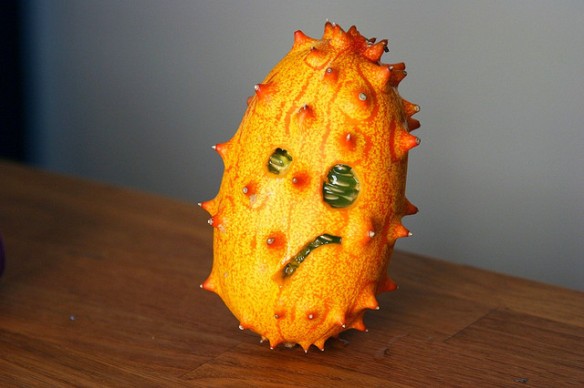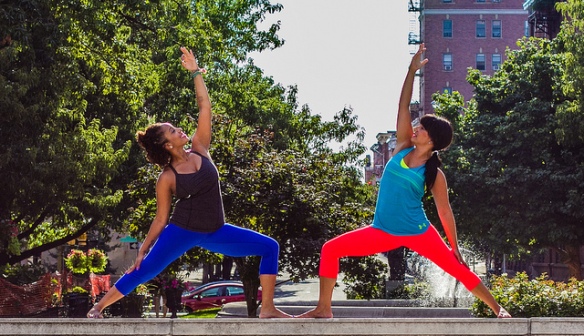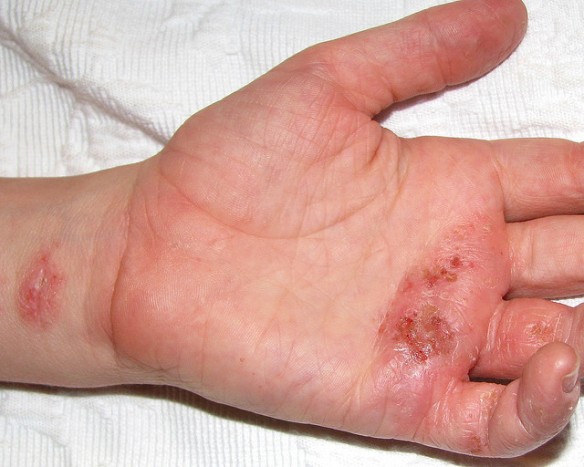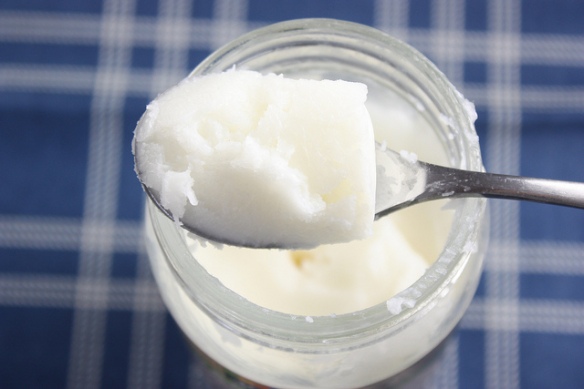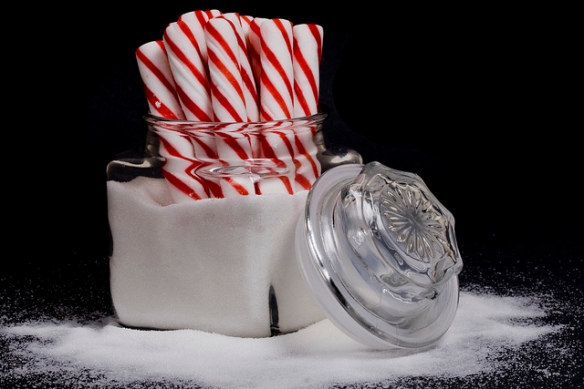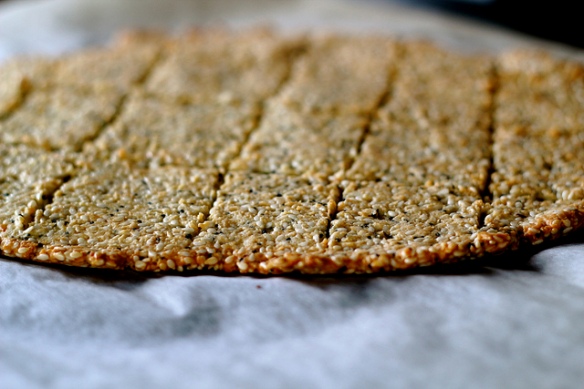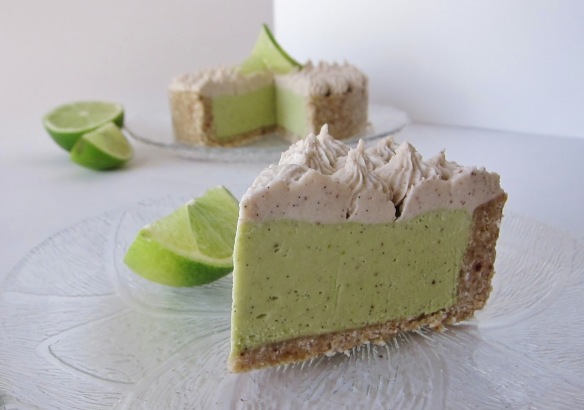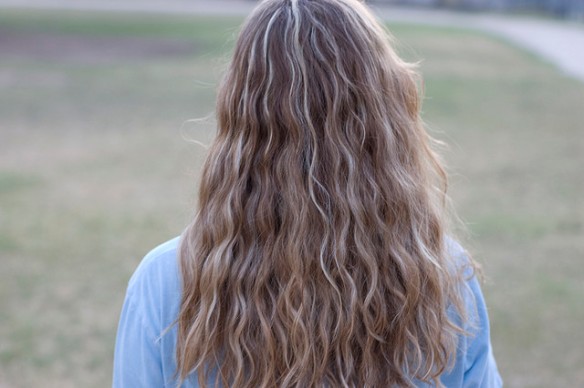Nobody enjoys having acne, the bane of teenagers all over the world. But, the challenges of acne sufferers don’t always end when puberty does. Adult acne is an uncomfortable and embarrassing condition that many Australians deal with on a daily basis. They slather their faces in acids, undergo painful chemical peels and often find no success.
But we think we might have a solution: Oil.
It seems counterproductive, but in our society oil has gotten a pretty bad rap. Avoided oftentimes on principle only, there’s more than oil to meets the eye, and more health benefits than people might expect.
We’ve talked already about how oil can be used in the treatment of skin conditions, and in that way acne is just like eczema or psoriasis; a condition of the skin that needs regular treatment for management and control.
Misconceptions About Oil Treatments
The biggest issue that oil faces is the many misconceptions surrounding its use. We thought we would look at some of the big ones, and see if we can’t clear up oil’s reputation.
Oil Makes Pimples Worse: Conventional acne treatments are often about stripping the skin of oils that we believe are harmful, which can exacerbate the problem even more as the body works to replace those oils, often leading to imbalances. Oils on the other hand feed, protect and support the needs of the skin tissue, helping it to maintain a healthy balance of natural oils (called sebum) in the skin which keeps it moisturised and in shape.
Oil Blocks The Pores: A very common myth is that oil will clog your pores, which of course leads to more breakouts. In fact dehydration is the most common reason for blocked pores, as when the skin is dry it isn’t able to lubricate and your skin’s natural oil dries and gets stuck in our pores. Oil works to restore and maintain moisture, which in turn stops your pores getting congested.
Bonuses of Oil Treatments
So now that we’ve cleaned up the blemishes on oil’s reputation, let’s look at what else the right kinds of oils can do for you as you’re working to overcome adult acne.
Reduces Redness: A major issue for many acne sufferers, even if a pimple isn’t infected, is that it can get very inflamed. Many conventional treatments aren’t gentle enough to sooth these blemishes, and continuing to use them can worsen the situation. Coconut oil, lavender oil, and camellia oil can all work to both protect the skin and calm the redness, reducing inflammation without stressing the skin.
Protects The Skin: When your skin is dehydrated, perhaps from using drastic acne treatments, its purpose as a protective barrier breaks down. This leaves your skin open to further acne and infection. Using an oil treatment like borage or evening primrose will feed your skin and improve its protective qualities, as well as provide some anti-aging bonuses.
Prevents and Heals Scarring: In the past we’ve talked about how oils can repair scars, and the same is true for acne scarring, which often stays around long after the condition has passed. This scarring often appears worse as it is dry and dehydrated, or smothered in moisture-sucking makeup. Rosehip oil is the ideal treatment for these kinds of scars, as it is high in vitamin C that helps to fade scars when used sparingly.
Having adult acne does not need to be a life-long curse. As it is with any skin condition, a solid understanding of the reasons behind your blemishes, and a willingness to undertake health and lifestyle changes may see you enjoying clearer skin in just a few months.



